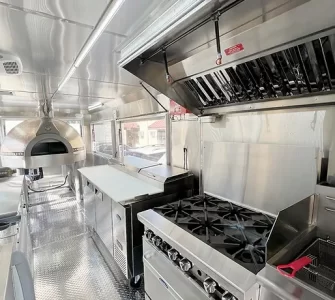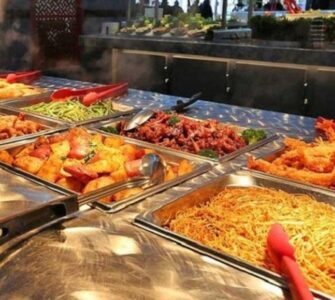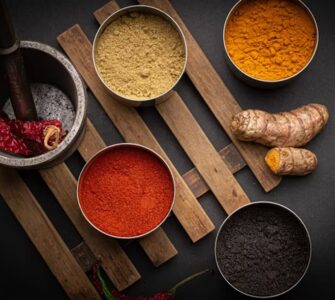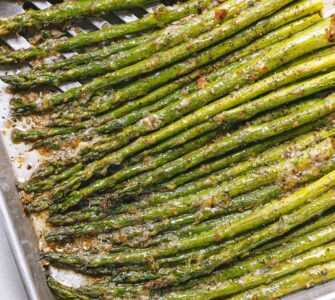
When I say cheese, what comes to mind?
Mostly we think of beautiful little packages, French and Italian in origin, aged, resplendent with fragrance, etc. But there’s another type of cheese: Quick Cheese! Let’s take a look at how you can make it at home!
From a food science perspective, all cheeses are a coagulation of the protein casein, which is found in milk products. How you coagulate that protein helps determine what type of cheese you end up with. Most cheeses are coagulated with rennet. However, nearly every culture around the world has a cheese that is coagulated with simple acids (lemon juice, vinegar, etc). Instead of gently acidifying the milk with bacteria and aging it, these cheeses take just an hour or so from start to finish. In India they call it Paneer, in South America it’s known as Queso Fresco (fresh cheese), in Italy it’s known as Ricotta (re-cooked) and in America we have Farmer’s Cheese.
These are cheeses you can make at home. Today. Right now. Cheese doesn’t have to live in the realm of masters behind closed doors.
All quick-cheeses follow the same process: First you heat milk, then you add acid, then you drain the whey. Milk products have two types of protein in them, whey proteins and casein proteins. Casein proteins are the proteins that form curds. When you heat milk above 165 degrees fahrenheit (70 celsius), the whey proteins unfold (denature) and they stick to the casein proteins. When you add acid into the pot the solution denatures even more and the proteins found in the milk clump up, separating themselves from the water and leftover whey. The clumped curds trap some moisture and fat, resulting in a delicious cheese.
Heat the milk, add the vinegar and take it off the heat. Almost instantly the milk separates. After that, you simply have to strain the curds from the whey. Depending on how long you let it drain, you will have differently textured cheeses. Traditional ricotta (which means re-cooked) actually is made from leftover whey from cheesemaking processes, not whole milk. That’s why it’s called re-cooked, because they are recooking a by-product and reforming it into something edible.
When you select your milk make sure you don’t buy UHT (ultra high temperature) pasteurized milk. That heat process delivers a milk that will not separate.
And what about the whey? It’s a terrific jump start on lacto-fermentation for saurkraut, and it makes a wonderful alternative to water in either smoothies or bread doughs. It’s almost fat-free, and very high in protein (hence whey powder for weight lifters). You can even drink it straight, it’s reminiscent of milk but without the creaminess.
For more info visit my website at Renegade Kitchen


















